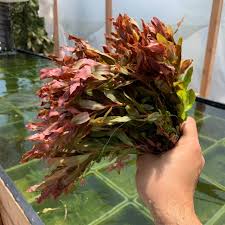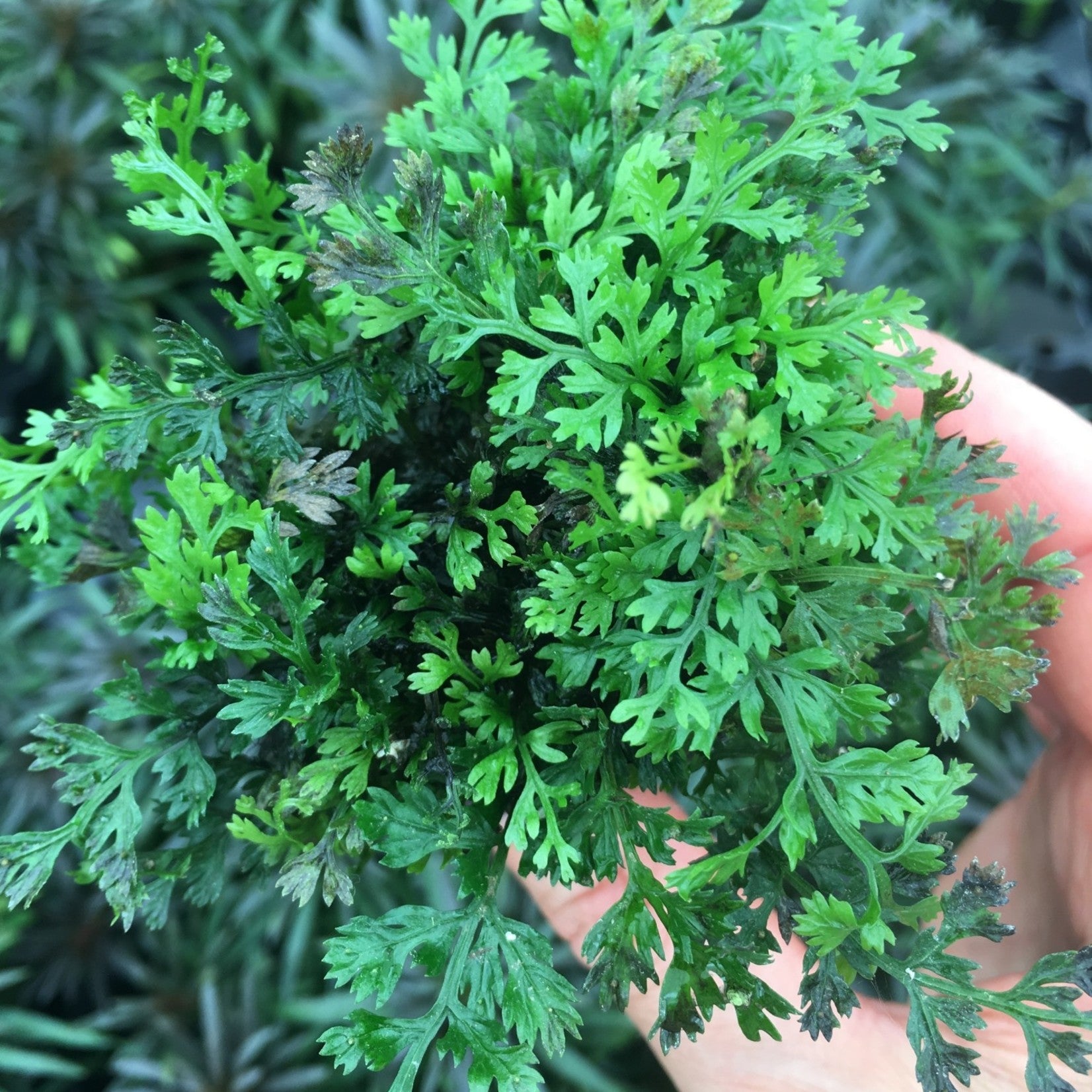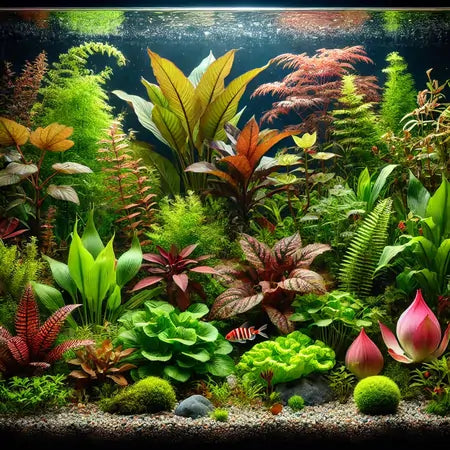Trending searches
$0

Potted aquarium plants are live plants grown in containers specifically for aquariums. They provide benefits like improving water quality, oxygenating the water, and offering hiding spots for fish. These plants are easy to maintain and are suitable for beginners because they do not require complex care routines. Some popular types of potted aquarium plants include anubias, java fern, and amazon sword.
When selecting plants for your aquarium, consider factors such as the lighting in your tank, the water conditions, and the amount of maintenance you’re willing to commit to. Some plant options that are beginner-friendly and thrive in various aquarium environments include Java Ferns, Anubias, and Amazon Sword. These plants are low-maintenance and can adapt well to different water parameters. Research each plant’s specific care requirements and choose ones that align with your tank setup for a successful aquascape.
To successfully grow potted aquarium plants, you will need to focus on providing them with the right environmental conditions. Here are the essentials you need to consider:
Aquarium plants can be a great addition to your tank, creating a natural and vibrant environment for your fish. When setting up and planting potted aquarium plants, make sure to choose plants that are suitable for your tank size and water conditions. Before placing the plants in the tank, rinse the potted plants thoroughly to remove any excess dirt or debris. Use aquarium tweezers to plant the potted plants in a substrate suitable for aquatic plants, ensuring the roots are covered. Regular trimming and maintenance will help promote healthy growth and prevent overcrowding in your aquarium.
For your potted aquarium plants to thrive, you need to ensure they have enough light and proper water quality. Here’s what you need to know:
To keep your potted aquarium plants healthy, you need to provide them with the right nutrients and fertilizers. Plants in pots have limited access to natural nutrients, so it’s important to supplement their diet. Here are some key points to remember:
To keep your potted aquarium plants healthy, regularly trim any dead leaves and stems. Monitor the water quality to ensure it’s suitable for plant growth. Consider using a liquid fertilizer specifically formulated for aquatic plants to provide essential nutrients. Always keep an eye on the lighting conditions, as plants need adequate light to thrive. Remember to regularly clean the substrate to prevent the growth of algae and maintain a healthy environment for your plants.
Sometimes, even with your best efforts, your aquarium plants may face a few common issues. Here’s how to tackle them:
To expand your plant collection, a common method is through propagation. This involves taking a part of an existing plant and using it to grow a new one. Here are some simple methods for plant propagation:
To wrap up, growing potted aquarium plants can be rewarding and add beauty to your aquatic environment. Remember to choose plants that suit your tank conditions, provide appropriate lighting and nutrients, and regularly maintain them. With proper care, your potted aquarium plants can thrive and create a vibrant underwater ecosystem. Happy planting!



Check out our shop for a variety of fresh, farm-grown plants! Find the perfect options to enhance your aquarium today.
!